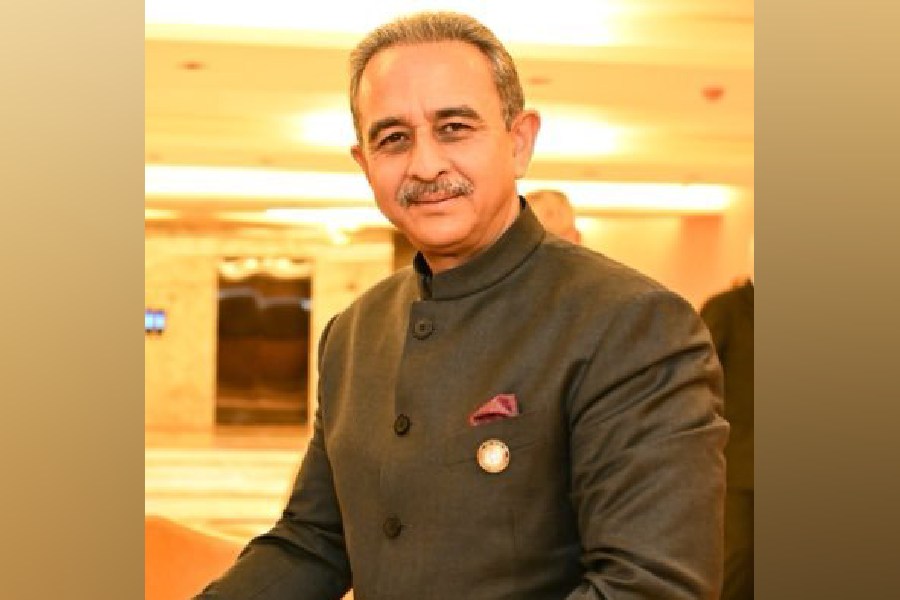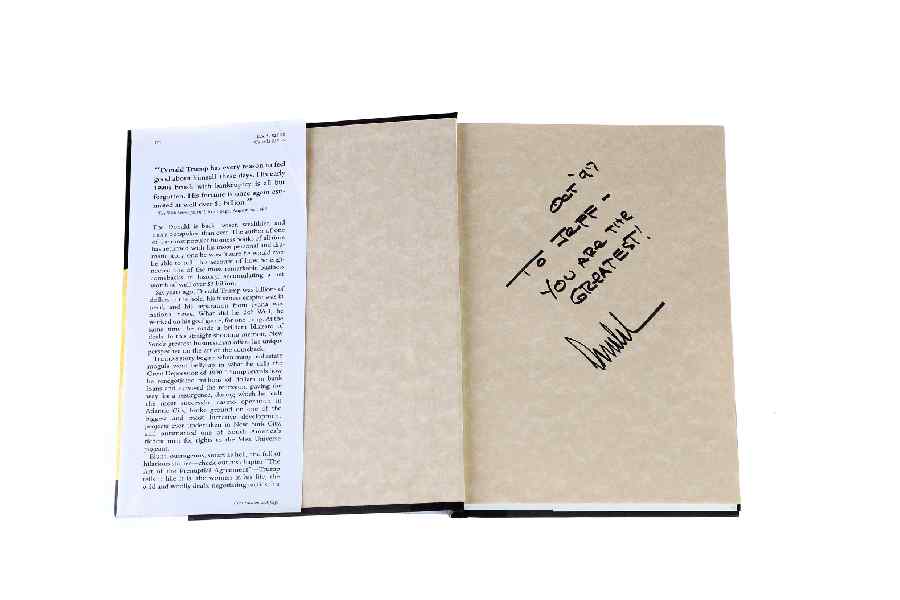 |
Europe abounds in impressive royal cities laid out in the 17th and 18th centuries; St Petersburg is one of them. It was founded by Peter the Great in 1703, but he named it after the saint, not after himself. His capital was Moscow, but he needed a port in the Baltic to give him access to the maritime countries of the Atlantic; the mouth of the Neva River was ideal for it. The Swedes, who were then a warlike tribe of herdsmen, sailors and robbers, stood in his way. In April 1703 he took the Swedish fort of Nienchanz, but it was small, damaged and vulnerable. So he decided to build another fort on the island of Enisaari. He first built a wooden cabin for himself in 1708. Then he brought in thousands of slaves to build a city. His noblemen were reluctant to move to the swamps of the Neva, so he banned the building of stone houses anywhere else in Russia.
He had the essentials of a city when he died in 1725, but it was not yet grand. It was his daughter, Elizabeth, who came to power in 1741, who began the process of giving it grandeur. She was followed by her nephew Peter III, who was soon overthrown by his German queen in 1762; it was she, Catherine the Great, who turned St Petersburg into a great city. She was familiar with the style of the old royal dynasties of Europe; she built a palace, gardens, and set up an academy of fine arts, an academy of sciences, and a public library amongst other things. She was followed in 1796 by her son Paul I, who in turn was assassinated in 1801 and succeeded by his son Alexander I. He was a great one for bureaucracy; he introduced order into the administration of St Petersburg.
These early kings, queens, princes and princesses built palaces for themselves, many of which survive to this day. The earliest is the winter palace, built near Peter the Great’s wooden cabin by his niece Anna Ioannovna. She got together a set of mostly German administrators, taxed her peasants heavily, and used the revenues to build great palaces and live a life of luxury. While Anna ruled, Elizaveta Petrovna, daughter of Peter the Great, had a tough time. No royal would marry her since he would then get into trouble with Anna. So Elizaveta had a series of lovers: a sergeant, a coachman, a waiter, a peasant singer. On Anna’s death in 1740, her infant son was crowned Ivan VI. Elizaveta staged a coup against him next year and became Tsarina. She invited the Italian architect, Francesco Bartolomeo Rastrelli, to rebuild and expand the winter palace; he finished it in 1762, just after she died.
St Petersburg counts at least 17 palaces — amongst them, Kamennoostrovsky palace, home of Alexander I, Yelagin palace, home of his mother Empress Maria Fyodorovna, marble palace, built for Grigori Orlov, a favourite of Catherine the Great, and Tavrichesky palace, built for Grigori Potemkin, another of her favourites. President Vladimir Putin hosted the meeting of the Group of 20 in Constantine Palace, where a hunting lodge built by Peter the Great in 1718 still survives. The present palace was built for Grand Duke Constantine Pavlovich, the second son of Paul I, in 1807.
Constantine Palace was badly destroyed in World War II; only the walls were standing. As part of St Petersburg’s tercentenary celebrations in 2003, Putin had the palace restored to its original design, and turned it into his presidential residence. He had 20 seaside cottages built for important guests. In 2003, he hosted 50 world heads of state at the tercentenary celebrations; he hosted the Group of 20 there in 2006 as well as this month. The sherpas of the heads of state, including our own, were put up in the early 19th-century stables, which have been turned into a four-star hotel.
But for all Putin’s hospitality, the G20 conference was not a smooth affair. The bad chemistry between him and Barack Obama is well known. Obama once called him “the bored kid at the back of the classroom” in one of his press conferences. Obama was the only head of state who refused to use the Mercedes sent to pick him up; he brought his own Mercedes. In their joint press conference in St Petersburg, Obama said to Putin, “Everyone here thinks you are a jackass,” and went on to explain his abuse in the context of the asylum Russia gave to Edward Snowden, imprisonment of the members of Pussy Riots, prejudice against homosexuals, Syria and so on. He then called Putin a d**k. Putin did not react immediately, but said later, “I should be afraid of this skinny man? I wrestle bears.” (This reaction of Putin is unconfirmed. I should declare, for the sake of our prime minister, that the above details were not obtained from him or any of his favourites.)
The reactions to these displays of bad manners will depend on one’s political sympathies. But they are surprising in at least two respects. First, these are heads of states; one would have expected them to treat one another with some politeness. Second, even though Obama is an American, he has always been extremely well behaved. He does not even react to the Republicans, whose manners are terrible even for Americans. His defenders would say that his patience was tested — that he is utterly frustrated with Putin.
Even if one does not judge these two men, one must despair over G20. Fights between nations can be extremely bloody, and generally indecisive. The Western countries fought costly wars for centuries. But even they found World War I too costly: 8.5 million of their soldiers were killed, and 21 million wounded. So they decided to try jaw-jaw as a substitute for war-war. Their first experiment, the League of Nations, a parliament of countries, was a failure; Hitler simply ignored it and conquered all of Europe before the enormous resources of the Americans defeated him. So they created the United Nations, where the most powerful nations created a security council in the hope that it would police the world. It proved ineffective; the United States of America and the former Union of Soviet Socialist Republics could agree on nothing, so the US took the law in its own hands and policed the world. In the early 1970s, the Western countries created the Group of 8 as a club to coordinate their economic policies. After the East Asian crisis of the 1990s, they decided that a larger group was necessary to deal with crises, and created the G20. That brought Russia into the group. Lack of love between it and the US is now crippling the G20, as it did the UN. Jaw-jaw has not till now proved much better at solving world problems than war-war. Still, no one will mind it if the prime minister, his sherpa, and their colleagues from 18 other countries gather together in posh resorts twice a year, have a good time, and even throw a tantrum once in a while; while their holidays are expensive, they will have paid their cost if they prevent an occasional war.










